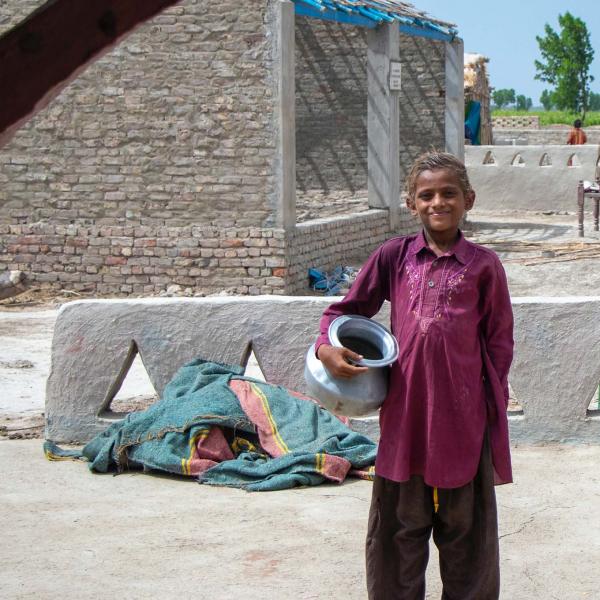It’s spending review week. The chancellor has postponed the budget and decided not to have a full three-year spending review, but Rishi Sunak nevertheless will be delivering yet another big statement on Wednesday, setting spending levels for next year. That’s the idea, anyway.
In fact, some of the biggest spending decisions will be taken outside of the spending review process altogether. Decisions on what to do with the mightily expensive furlough and self-employment support schemes will depend on the virus and on lockdown policy. The chancellor may indicate some form of Covid reserve to be available if needed, but in truth that will be little more than a forecast of possible requirements.
In addition, some of the big announcements on spending seem to have been made already. Health and schools’ budgets were set a year ago right through to 2023-24, although they may be topped up. Last week a big increase in the defence budget was announced, with plans set out to 2024-25. Those are the three biggest bits of public service spending, accounting for about 60 per cent of the departmental expenditure limits normally dealt with in spending reviews.
That might all sound as though Wednesday will prove to be one giant damp squib, but don’t be fooled. There remain some very big decisions to be made, decisions that will help to define Mr Sunak’s time at No 11.
First, what will he do about public sector pay? Freezing it next year after a decade in which the pay of public sector workers has fallen back relative to private sector pay looks harsh. Prior to this year, recruitment and retention problems for teachers, for example, were building. On the other hand, as is often the case during recessions, public pay has held up much better than that in the private sector this year. And we have again been reminded of the value of the security that many public sector jobs bring. It’s a big political choice. It’s also a big fiscal choice. Pay accounts for £200 billion of public spending annually.
Second, beyond the job support schemes, how much of this year’s additional spending will be carried into next year? Latest figures suggest that public service spending this year is already set to rise by something like £70 billion as a result of the virus. Wednesday will provide an update on how much even this figure is likely to grow, with perhaps an indication of the cost of rolling out a vaccine and of an extended testing regime; but £70 billion is an astonishing amount, in any case. About half of that has gone to the health service, mostly to pay staggering amounts for personal protective equipment for front-line staff and on the test-and-trace system. Some, indeed most, of that extra health spending may be needed next year. The same may well be true of some of the additional £10 billion received by local government, £5 billion spent on transport and £14 billion spent on business grant schemes. Wednesday may give us a first glimpse of the Treasury’s plans and expectations.
Third, what about the supposedly temporary increases in the generosity of universal credit? The additional £20 a week paid to all recipients is due to come to an end in March. Decisions on benefit levels are not usually taken in spending reviews, but this is surely the moment to make an announcement — £20 a week is a lot of money for those depending on state support; they deserve to know one way or the other whether they can depend on it continuing to be paid.
Fourth, there will be longer-term effects of this year’s travails on public services. The NHS won’t need money solely for PPE and testing and tracing. It will need sustained extra resources to deal with a vast and disturbing backlog of cancelled operations, growing waiting lists and missed scans. There is clear evidence that a generation of poorer school pupils has fallen behind and will need additional support. More money for training, apprenticeships and further education is likely to be required.
Fifth, don’t forget Brexit. We’ve already spent a hefty £8 billion or so preparing for it. The Home Office, HM Revenue & Customs and the Department for Environment, Food and Rural Affairs are likely to need additional funding on a continuing basis, given their new post-Brexit responsibilities. HMRC, for example, will need to employ many thousands of new customs agents. Then there are decisions over how to replace European Union funding streams for farmers, for research and for regional support. The fact that the details of these are still not known four and a half years after the Brexit vote is, to say the least, disappointing. Time is running out.
Sixth, there is a raft of decisions to be taken over capital spending, spending on green infrastructure and “levelling up”. We have had rhetoric, good intentions, high-level plans and promises of substantial sums. Will Mr Sunak put more flesh on these plans and take them one step closer to reality? He’ll need to if they are to make much headway over the course of this parliament.
Finally, there are the big decisions over the total level of spending and what will happen to the “unprotected” parts of spending on things such as prisons and local government, which have been hammered over the past decade. Those decisions will set the path for the public finances over the medium term. Given what’s happening in health, education and defence, any tight control on the total would mean yet more deep cuts elsewhere. More likely, total spending will be set on an upward trajectory. Given what’s happened to the size of the economy, that can only mean one thing for taxes. They, too, could be set on an inevitable, if delayed, upward trajectory by decisions made this week.
This article originally appeared in The Times and is used here with kind permission.









